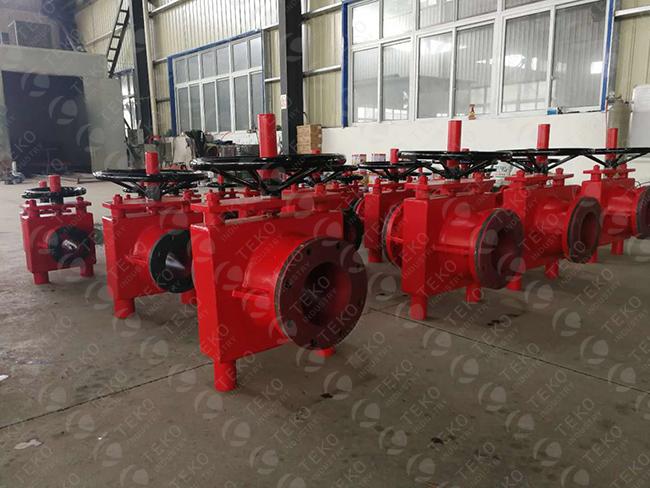A pinch valve is a valve that pinches or releases the tube to get the desired level of liquid flow. You can set the valve to any position between fully released and pinched. This way, you can control whether the flow is slow, fast, or completely stopped. This controlling decision depends on what amount of liquid the system needs.
We have covered how this valve works and its internal mechanism in this article. So, let’s read it till the end to have a better understanding!
The main parts of a pinch valve
- Sleeve — the soft tube from where the flow lives.
- Housing — the shell that holds the sleeve.
- Actuator — the mover that presses or releases the sleeve.
- Ends — where the sleeve connects to pipes.
Three scenarios that show how it works
We have given three scenarios to make your concepts clearer:
Scenario 1 — Open wide
The actuator doesn’t press on the tube, so the tube stays open and round. This lets the liquid flow through easily and at full speed.
Scenario 2 — Full stop
The actuator squeezes the tube flat, which completely blocks the flow. The liquid stays inside the tube and never comes into contact with the actuator or the outer housing.
Scenario 3 — Slide control
The actuator presses the tube gently or firmly, depending on how much flow is needed. As the tube changes shape, the liquid flow becomes slower or faster. This allows you to control exactly how much fluid passes through.
A simple experiment to understand how it works
Take a straw and put a small piece of marble inside it. When you pinch the straw, you will notice that the marble is not moving now. And if you release the straw back, the piece of marble will start moving again and will roll through easily. This simple experiment shows you how a valve does its job inside a machine.
When you need smooth measuring
Some tasks need steady amounts, not just on or off. A proportional pinch valve acts like a water tap that turns slowly. The actuator moves in small steps, and the sleeve opens just enough to give the right amount. People use this where machines need steady, small amounts of soft stuff.
Why the soft sleeve matters
Only the sleeve touches the flow. That keeps the rest clean and safe. If the sleeve wears out, you swap it, and the valve keeps working. This makes the valve simple to fix.
Where this setup helps most
- In food and drink lines where clean parts matter.
- In labs and hospitals, where nothing must mix with the fluid being used.
- In messy jobs where sticky or thick stuff moves through.
Easy care steps
- Look at the sleeve for cracks.
- Make sure the actuator moves easily.
- Tighten the ends if you see drips.
If the sleeve looks tired, replace it. The valve works best when it’s checked regularly to make sure everything is in good condition.
One quick safety note
Do not use this valve for very hard chunks or very high pressure. The soft sleeve suits soft, squishy flows. For hard things, pick a different valve.
Short comparison
Imagine two tubes: one is metal and one is soft. The soft tube lets you pinch without letting the flow touch machines. That keeps food clean and medicine safe.
Final line
The valve works by pinching a soft tube to let things pass or stop. It stays clean, it is easy to fix, and it can measure small amounts when you use the proportional version. This makes the valve a gentle helper in many places.



